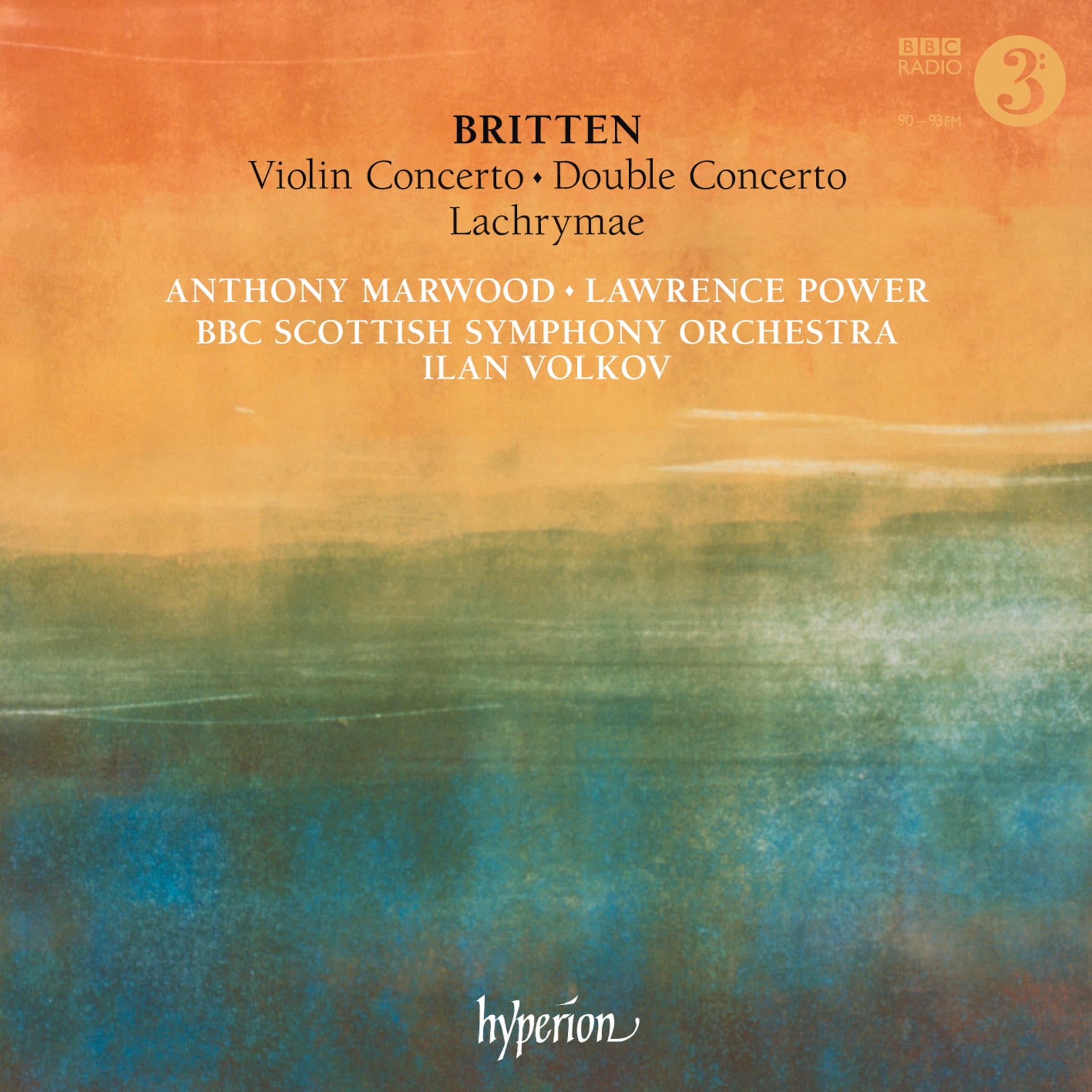Album insights
The extensive body of works in Bach's oeuvre is commonly referred to as "cantatas" since the publication of the Bach-Gesellschaft edition in the 19th century. This edition introduced the familiar numbering system for the cantatas, which doesn't align with their chronological order. Notably, the first cantata was composed about twenty-six years after the highest-numbered church cantata, No. 199.
Typically, a Bach cantata comprises an introductory chorus, alternating recitatives, arias, and a closing chorale. While Bach's librettists often used the term "cantata," he himself preferred the older term "concerto" for vocal and instrumental works. The term Kantate was reserved for works inspired by the secular Italian cantata style popularized by Scarlatti and Handel, consisting mainly of recitatives and arias. Surprisingly, very few of Bach's cantatas adhere to this form, as most include multiple soloists even if they lack a chorus. The following discussion delves into three of the most famous works—two secular and one sacred—by Bach using the Italian form.
Bach's cantata No. 82, "Ich habe genug," premiered in Leipzig on Sunday, February 2, 1727, commemorating the Feast of the Purification of Mary. The cantata narrates an event described by Luke, where Mary brings the infant Jesus to the Temple in Jerusalem to offer ritual sacrifices. The priest, Simeon, makes a profound declaration upon seeing Jesus, linking his joyous acceptance of death with a Christian's hope for heaven.
The text of the opening aria paraphrases the "Nunc dimittis," Simeon's "Song of Praise." Beginning with a soulful string figure accompanied by a solo oboe, the aria mirrors the emotive quality of "Erbarme dich" from the St. Matthew Passion. Bach weaves a descending bass motif throughout the aria, underscoring the singer's reflective mood. Subtle embellishments enhance the contrast between resignation and exultation as the aria progresses towards a jubilant climax.
Regarding the genesis of cantata No. 202, "Weichet nur, betrübte Schatten," little is known except for its preservation in a single manuscript copied around 1730, now housed by the German music publisher Peters. Likely originating from Bach's time in Köthen, where he served under Prince Leopold from 1717 to 1723, the cantata possibly served non-liturgical functions, perhaps for a springtime wedding celebration. This work showcases a jubilant side of Bach's compositions, residing among his more vivacious creations.
The jovial and ceremonious nature of Bach's secular cantatas, especially "Was mir behagt, ist nur die muntre Jagd!," written as a congratulatory piece for Duke Christian of Saxe-Weissenfels, reflects an era marked by grand celebrations and illustrious court gatherings. The libretto, drawing on mythological themes and tailored to the duke's interests, brings to life a pastoral setting where various deities express praise for the ruler through a series of arias and ensembles.
Influenced by the spirit of the 18th century, which blurred the lines between sacred and secular music, Bach skillfully repurposed pieces across different contexts, demonstrating a seamless integration of diverse musical forms. His compositions for both worldly and spiritual occasions underscore a holistic approach, reflecting the cultural ethos of his time. This thematic fusion, evident in works like the cantatas discussed, encapsulates the harmonious blend of devotion and mirth prevalent in Bach's creations.
The musical fusion showcased in Bach's secular cantatas reflects a distinctive era where music transcended societal boundaries, embracing both religious solemnity and worldly festivity with equal grace. Bach's adroit blend of diverse musical forms and genres, exemplified in works such as "Was mir behagt, ist nur die muntre Jagd!," bridges the gap between sacred and secular realms, embodying an artistic vision that resonates across temporal divides.












